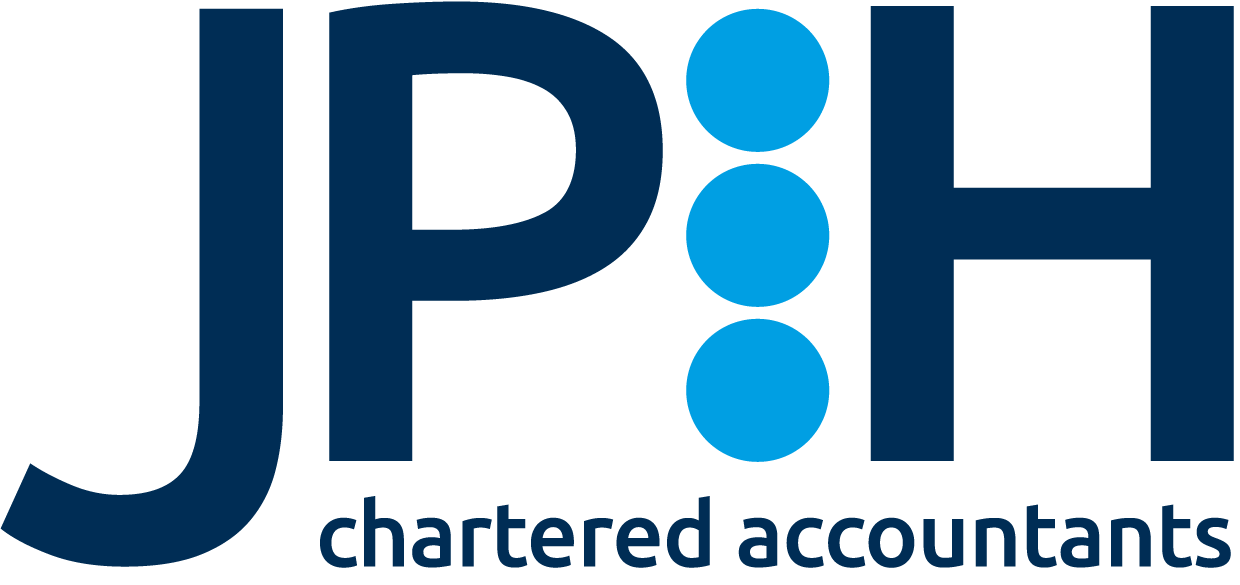The FRS 102 amendments landing for accounting periods beginning on or after 1 January 2026 will change how many SMEs record revenue and leases. While the standards apply to statutory reporting, the practical work starts in your day-to-day bookkeeping. Mapping income lines to the new five-step revenue model, capturing lease data beyond simple rental postings, and adding new disclosures in your cloud ledger will save you time when the first 2026 year-ends arrive. Leave it until accounts prep and you risk rework, missed disclosures, and slower sign-off.
The update follows the Financial Reporting Council’s second periodic review, completed in March 2024, with most changes effective from 2026 and early adoption permitted (FRC, 2024). In short, Section 23 on revenue now aligns with a five-step IFRS-style approach, and Section 20 introduces a balance-sheet-first view of leases, with a right-of-use asset and lease liability recognised for most arrangements. Even if you plan to adopt on the mandatory date, the transactional evidence needs to be collected well before you close.
Why get moving now? Two wider signals matter. First, there were 2.72 million VAT and/or PAYE-registered businesses as of March 2024, a large population that relies on efficient record-keeping to keep costs down (ONS, 2024). Second, the OBR expects growth to improve in 2026, which usually comes with more contracts and leasing activity to account for accurately (OBR, 2025). Good bookkeeping that anticipates the FRS 102 amendments will keep your year-end smooth, your disclosures clear, and your team focused on value rather than firefighting. If you want help shaping the plan, our team can guide you through the practical steps – from ledger changes to staff training – so you aren’t scrambling at the first 2026 close.
What’s changing at a glance
Revenue: The five-step model in Section 23
The revised Section 23 replaces the old risks-and-rewards approach with a five-step model similar to IFRS 15: identify the contract, identify performance obligations, determine the transaction price, allocate it, then recognise revenue as obligations are satisfied. Expect more focus on variable consideration, contract modifications, and timing of satisfaction. These changes apply for periods starting 1 January 2026, with early adoption allowed.
Leases: Right-of-use assets and liabilities
Section 20 now brings most leases on balance sheet. Lessees will recognise a right-of-use asset and a lease liability measured at the present value of lease payments, with exemptions for short-term and low-value leases. This will affect depreciation, interest expense, EBITDA, and loan covenants. Early adoption is permitted if you adopt all relevant FRS 102 amendments together.
Disclosures: More decision-useful information
Expect expanded disclosures for revenue disaggregation and contract balances, plus maturity analyses and judgment areas for leases. Some supplier finance disclosure requirements begin earlier for periods starting 1 January 2025.
FRS 102 amendments: Bookkeeping tweaks to start now
Build a clean revenue map
Before 2026, design a revenue mapping that mirrors the five-step model and is easy to use in the ledger.
- Contract identification: Capture Contract Start, End, Renewal, and Modification Dates in your CRM or finance system.
- Performance obligations: Add a field per line item to tag the distinct service or good.
- Variable consideration: Record Discounts, Rebates, and Credits separately from list prices.
- Timing: Mark whether each obligation is satisfied Over Time or At A Point In Time.
Upgrade invoicing and item catalogues
Your invoice items and product catalogues should reflect the performance obligations you actually deliver.
- Item structure: Break bundles into components that match performance obligations.
- Deferred revenue: Post automatic deferrals for upfront invoices where services are delivered over time.
- Contract assets: Create posting routines for accrued income when performance precedes invoicing.
Put lease data in one place
A central lease register avoids spreadsheet drift and supports the new measurement.
- Core terms: Store Commencement Date, Non-cancellable Term, Options, Indexation, Residual Guarantees.
- Payments: Separate Fixed, Variable-linked, and Non-lease Components.
- Rates: Capture Incremental Borrowing Rate or implicit rate if determinable.
- Exemptions: Flag Short-term and Low-value leases for off-balance-sheet treatment.
Adjust your chart of accounts and posting rules
You’ll need new codes and consistent routines to support the FRS 102 amendments.
- Revenue: Create codes for Contract Liabilities, Contract Assets, and Disaggregation categories.
- Leases: Add Right-of-use Assets, Lease Liabilities, Interest on Lease Liabilities, and Depreciation of ROU Assets.
- Reconciliations: Build month-end checklists to reconcile contract balances and lease roll-forwards.
Strengthen evidence and audit trail
Auditors will look for consistent, retrievable evidence tied to transactions.
- Source documents: Store signed contracts and amendments against the customer record.
- Judgements: Log method notes for variable consideration estimates, stand-alone selling prices, and lease term judgements.
- Controls: Use approval workflows for contract changes and new leases.
Cloud ledger and reporting tweaks to make this quarter
Even if your first affected period starts in 2026, you can add disclosure-ready fields and reports now:
- Revenue disaggregation: Build custom dimensions for product line, geography, or customer type so you can produce disaggregated revenue reports without manual edits.
- Contract balances: Add dashboards showing opening and closing Contract Assets and Contract Liabilities with movements.
- Lease maturity: Set up a schedule that aggregates lease liabilities by due date bands for disclosure.
- Comparatives: Decide whether to adopt a full retrospective, modified retrospective, or simplified approach. Configure your system so you can produce 2025 comparatives with minimal rework.
- KPIs: Update EBITDA tracking, bank covenant packs, and budget templates for ROU depreciation and lease interest.
If you’d like us to review your ledger structure and custom fields, we can help you set this up so disclosures flow from the system rather than spreadsheets. Learn more about our accounting support.
Training and timeline: Who needs to know what, and when
A short, targeted training plan will pay off quickly.
- Sales and ops:
Contract data capture: Ensure Start/End dates, options, and deliverables are recorded at signature.
Variable consideration: Document discounts and rebate terms against the contract record. - Finance and bookkeeping:
Revenue model: Apply the five-step approach consistently to new items in the catalogue.
Lease register: Maintain and review entries monthly, especially index-linked payments. - Management:
KPI refresh: Understand effects on EBITDA, leverage ratios, and budgets.
Governance: Approve key judgements and the adoption approach.
A sensible timeline:
- Now: Stand up revenue mapping and the lease register.
- Next quarter: Update chart of accounts, posting rules, and month-end checklists.
- Within six months: Produce a dry-run monthly close with sample disclosures.
- Before the first 2026 year-end: Confirm adoption approach and finalise policy papers.
What this means for SMEs and why it matters
For many SMEs, the impact will be less about complex modelling and more about discipline. Clean contract data supports accurate deferrals and avoids last-minute revenue reshaping. A maintained lease register means no surprises when audit asks for maturity analyses. Given the ONS count of VAT/PAYE-registered businesses and the OBR’s view that the economy should pick up into 2026, it’s reasonable to expect more activity that touches revenue and leases – and more scrutiny from lenders and stakeholders on the outputs.
Our role is to help you keep this practical. We’ll work with what you already use, keep jargon out of the room, and focus on steps that reduce effort at year-end. If you want a second opinion on whether early adoption suits your situation, we’ll run a quick impact assessment and advise on the best course based on your contracts and lease portfolio.
Our action plan to get you ready
- Revenue mapping: Align invoice items to performance obligations and set rules for deferrals and accrued income.
- Lease register: Centralise terms, payments, and rates, with monthly reviews.
- Chart of accounts: Add codes for contract balances, ROU assets, and lease liabilities.
- Disclosure packs: Prebuild revenue disaggregation, contract balances roll-forward, and lease maturity schedules.
- Controls and training: Document estimates, approvals, and responsibilities, then train the team.
Ready to move – get practical help now
The FRS 102 amendments are not just a technical update. They shift where effort sits during the year. A few sensible bookkeeping tweaks – revenue mapping, a proper lease register, targeted chart changes, and disclosure-ready reports – will make your first 2026 close routine rather than stressful. We recommend starting with a short diagnostic: confirm your contracts, lease inventory, and ledger structure, then act on the gaps.
If you’d like support, we can review your system settings, design the new posting rules, and help your team apply the five-step revenue model and lease accounting with confidence. Early steps now will cost less than last-minute fixes at year-end. Talk to us about a practical, people-first plan for the FRS 102 amendments and get your bookkeeping ready for 2026. Get in touch and we’ll set up a call to get you started.


